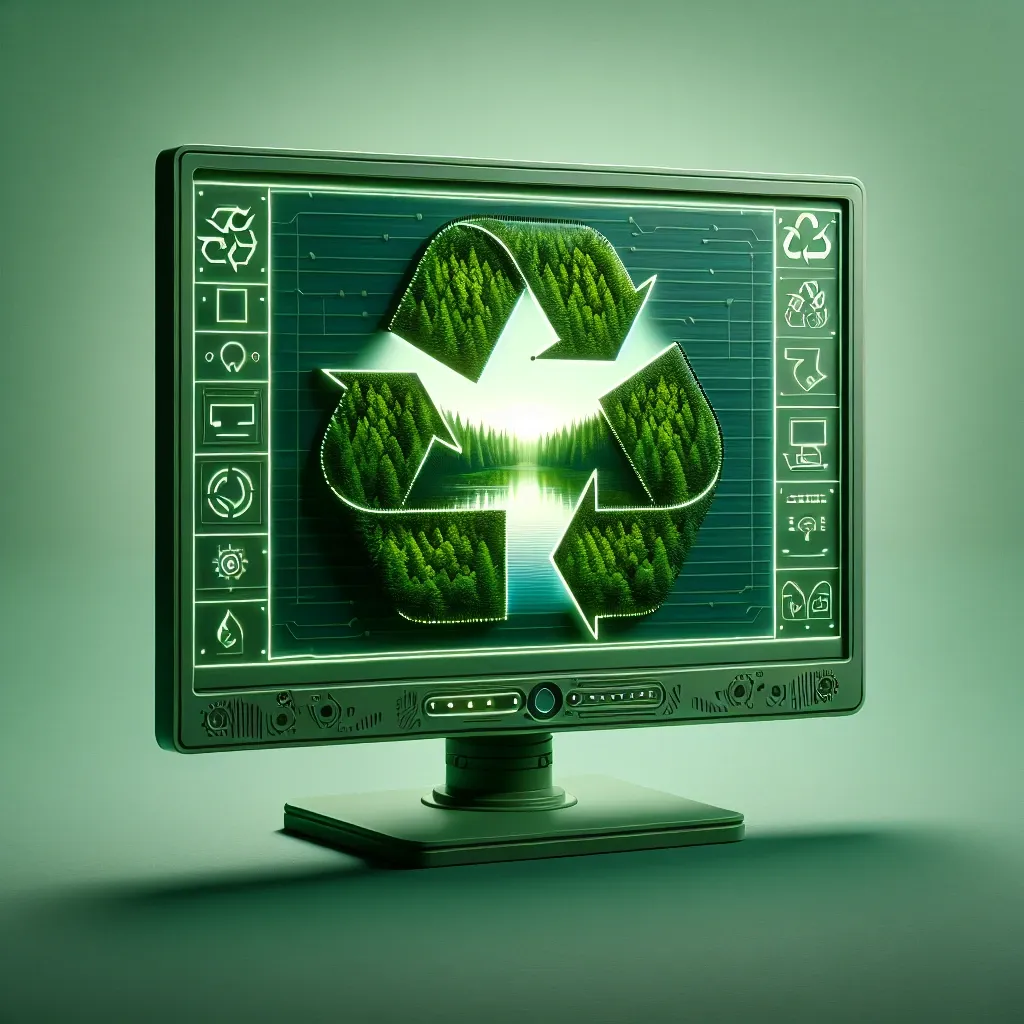Are there eco-friendly LED monitors?
Introduction
As the world becomes more conscious of environmental issues, the demand for eco-friendly products is on the rise. One such area of focus is LED monitors, which play a significant role in our daily lives, both at home and at work. But the question remains: Are there eco-friendly LED monitors? In this article, we will explore this question, examining the advancements in technology that make LED monitors environmentally friendly and presenting key features and benefits.
What Makes an LED Monitor Eco-Friendly?
Eco-friendly LED monitors are designed with several key features that distinguish them from traditional monitors:
- Energy Efficiency: LED monitors typically consume less power compared to older technologies such as CRT and LCD monitors.
- Low Toxicity: Many eco-friendly models avoid using harmful substances like mercury, arsenic, and lead in their production.
- Recyclable Materials: Manufacturers use materials that can be easily recycled, reducing waste going to landfills.
- Eco-Labels and Certification: Trusted certifications such as ENERGY STAR, EPEAT, and TCO ensure monitors meet environmental and energy criteria.
Energy Efficiency in LED Monitors
Energy efficiency is one of the primary factors that make an LED monitor eco-friendly. LED backlighting allows these monitors to operate with reduced power consumption. Let’s compare the power consumption of different types of monitors:
| Monitor Type | Power Consumption (Watts) |
|---|---|
| CRT Monitor | 80-150 |
| LCD Monitor | 30-50 |
| LED Monitor | 20-30 |
Selecting an Eco-Friendly Monitor: Certification and Labels
Several labels and certifications can help you select an eco-friendly LED monitor:
- ENERGY STAR: Products that bear the ENERGY STAR label meet energy efficiency guidelines set by the U.S. Environmental Protection Agency.
- EPEAT: The Electronic Product Environmental Assessment Tool (EPEAT) rates products based on their environmental attributes.
- TCO Certified: This certification includes criteria for social responsibility and environmental impact throughout the product’s lifecycle.
Benefits of Eco-Friendly LED Monitors
Switching to eco-friendly LED monitors offers several advantages:
- Reduced Energy Bills: Lower power consumption results in decreased electricity costs.
- Lower Carbon Footprint: Energy-efficient devices contribute less to greenhouse gas emissions.
- Health and Safety: Using less toxic materials helps create a safer environment for users and workers in the production process.
- Sustainable Design: Recyclable components support a circular economy, reducing e-waste.
Top Eco-Friendly LED Monitor Brands
Several brands are known for producing eco-friendly LED monitors:
- Dell: Known for their commitment to sustainability, Dell offers monitors with ENERGY STAR and EPEAT certifications.
- HP: HP provides a range of eco-friendly monitors, featuring TCO Certified and ENERGY STAR labels.
- LG: LG monitors often come with eco-friendly certifications and focus on energy efficiency.
- ASUS: ASUS has several models that meet stringent eco-friendly standards, including ENERGY STAR and EPEAT.
Tips for Choosing an Eco-Friendly Monitor
When selecting an eco-friendly LED monitor, consider the following tips:
- Look for certification labels such as ENERGY STAR, EPEAT, and TCO.
- Compare power consumption specifications to find energy-efficient models.
- Research the brand’s commitment to sustainability and environmental policies.
- Opt for monitors made with recyclable materials and low-toxicity components.
Conclusion
Eco-friendly LED monitors do exist, and they offer numerous advantages over traditional monitors, including reduced energy consumption, lower toxicity, and recyclable materials. By opting for certified eco-friendly devices, consumers and businesses can contribute to a more sustainable future while enjoying high-quality visuals and performance. Always consider certifications, energy efficiency, and the manufacturer’s commitment to sustainability when selecting your next LED monitor.

